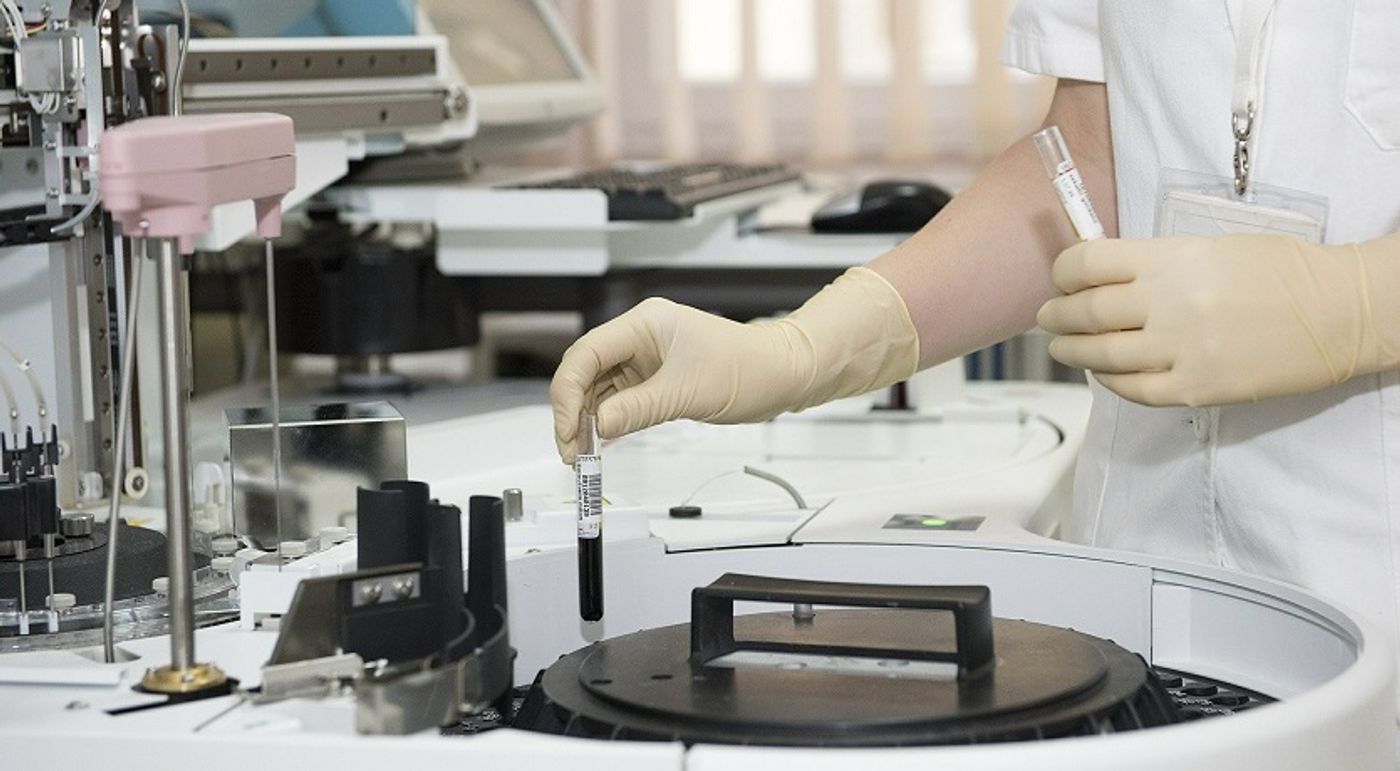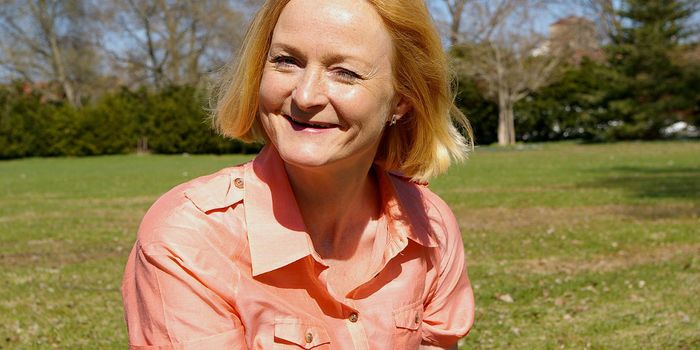Doing More with Less: Making the Diagnosis of Heart Damage Easier for Patients
Cardiovascular health can be a tricky thing to diagnose. Sometimes it can be done with simple heart rate and blood pressure readings, and other times it needs a dozen or more blood tests. What if there was a way to make the process easier?
A team from the University of Tours in France wanted to try their hand at this and use something called limited sampling strategy (LSS) to measure infarct size. An infarct is an area of dead tissue in the heart, caused by cardiovascular disease or event. Standard testing needs to draw blood every four hours over three days, which is discomforting for patients. These samples are used to follow biomarkers, such as creatine kinase, tropinons, and myocardial creatine kinase, to estimate the infarct size. Using the limited sampling strategy, they intended to cut the number of blood samples needed down to three, and still get a reliable result.
The main limiting factor was data analysis. Current methods require a large data pool to make a reliable decision. They hoped Bayesian estimators, a statistical tool used in drug monitoring, to get the same results with fewer data. If it worked, this data analysis method could identify infarct size, with far less discomfort to patients.
They would use patient data already gathered from five previous clinical trials to develop and test their method. In the trials, the blood samples were taken every four hours for three days. To make sure that they chose the best time to take the blood samples and how many blood samples they should take, they analyzed each biomarker’s data at each time-point. Their findings showed that when limited to three samples, the ideal times to draw them would be at 4, 12, and 20 hours. The final results were comparable to current methods.
Overall, the study accomplished what it intended to. The team developed a simple method and cut down the required blood samples by six-fold. The team does note that the amount of data they used was relatively small, and they could not test some other relevant biomarkers, so further validation would be needed.
The study concludes, “We demonstrated that biomarker kinetics can be assessed using a limited number of samples (2 or 3 samples, which means until 7 times less than in current protocols) thanks to Bayesian kinetic modelling.”
Sources: Nature Scientific Reports, MassGeneralHospital









